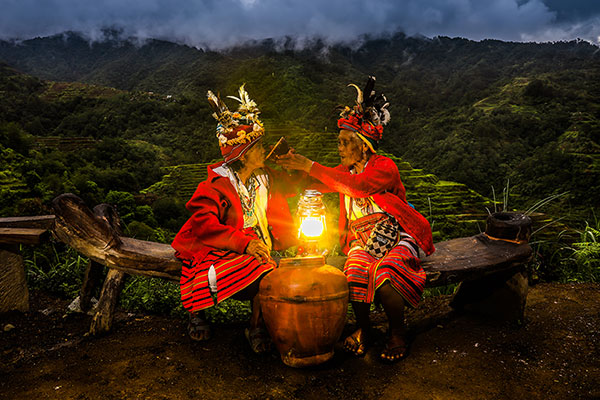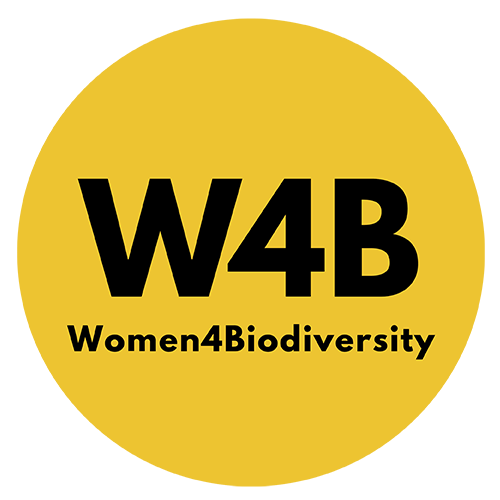By Amelia Arreguín
The International Indigenous Forum on Biodiversity (IIFB) and the International Institute for Environment and Development (IIED) co-hosted last June 21 the “OEWG-4 Roundtable on IPLCs and Finance: Ensuring GBF Funding Supports Locally-led Action by IPLCs”. The objective of this meeting was to build further momentum on the importance of financing locally-led action to implement the post-2020 global biodiversity framework, and identify good practices for delivery mechanisms in bringing finance and decision-making to the local level.
In recent years, there has been an increased demand of ownership and agency from local actors over environmental financing, but still national and global actors control much of the finance and decision-making. And when this situation is critiqued there is a crucial question that is always overlooked when discussing environmental action financing: What is the situation of women and girls when it comes to environmental financing? And, how much of the environmental financing actually goes to them?
Just to give a simple insight, climate official development assistance (ODA) that also supports the achievement of gender equality accounted for 31 per cent of bilateral ODA for climate change in 2014 – a total of USD 8 billion, according to an ODA brief. Only 2 per cent of all gender-responsive climate aid went to southern civil society organizations in 2014, representing USD 132 million.
In light of this context, and considering women’s extensive local, intergenerational, indigenous, traditional and cultural knowledge about biodiversity, there is an unavoidable and urgent need to ensure that the resource mobilization which would enable implementation of the post-2020 global biodiversity framework to be defined, distributed, monitored and reallocated under a gender-responsive commitment!
How can this be done?
First of all, we must move away from the figure of donors-beneficiaries; instead, women should be seen as partners and collaborators.
Changing this perspective will also allow us to recognize that these partners have specific challenges to participate effectively in the financing schemes, and therefore specific solutions must be put in place.
Challenges to access funding, must also be noted, among them:
- Writing proposals language barriers and digital gaps that prevent women to know about and participate in calls and writing proposals.
- Deficient access to information and mobility difficulties due to geographic challenges and domestic responsibilities.
- Discrimination and stereotypes such as being considered second-level humans, and sometimes not citizens.
- Discriminatory practices and laws about land tenure schemes and
- And unequal care workload to which women must dedicate the majority of their time.
Considering these challenges biodiversity financing should follow formats adequate for women, even if that could be seen as “more desk workload for central offices”.
These solutions should include:
- Multi-year and predictable funding for southern/grassroots civil society organizations
- National planning with gender budgeting and gender auditing
- Dedicated consistent and continued funding for women organizations and women’s work in all levels
This means that the whole of the biodiversity financing machinery should improve their policies, procedures and compliance in order to guarantee consistent and continued gender-responsive resource flow.
Direct access to these resources for women on the ground is a game changer. It is a commitment to support women’s innovations, and practices, since they are in the front lines of keeping all of us alive, even amid a hostile environment.


